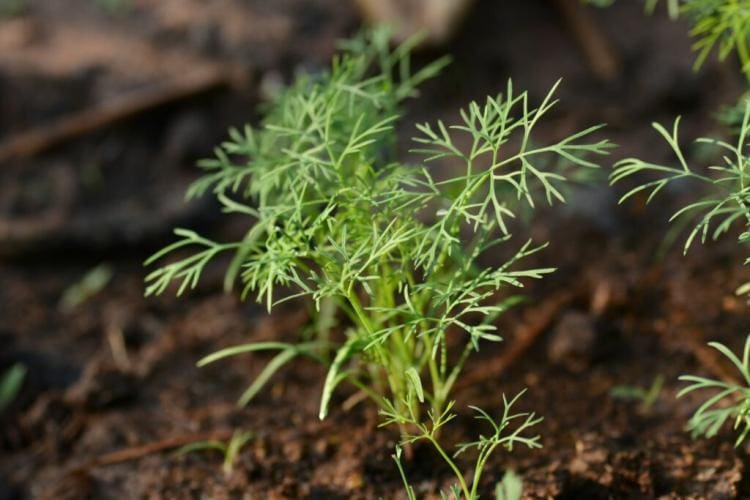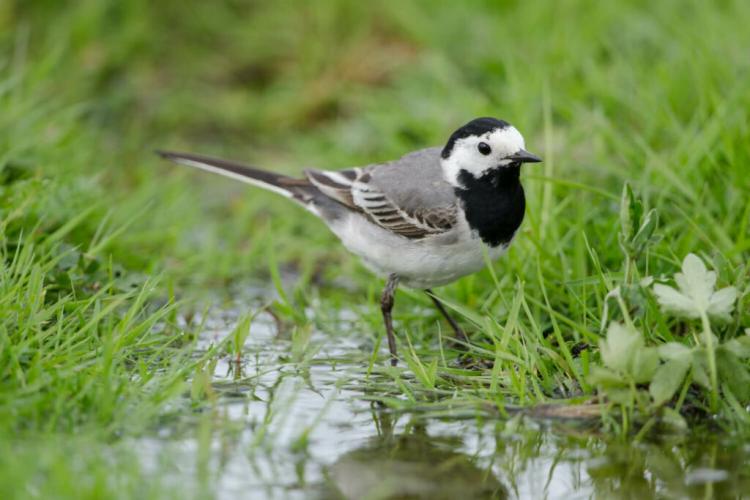Filling a raised bed: instructions & expert tips
Raised beds are on the rise. After assembly, filling can be done quickly. But it is not easy to put on the different layers correctly.
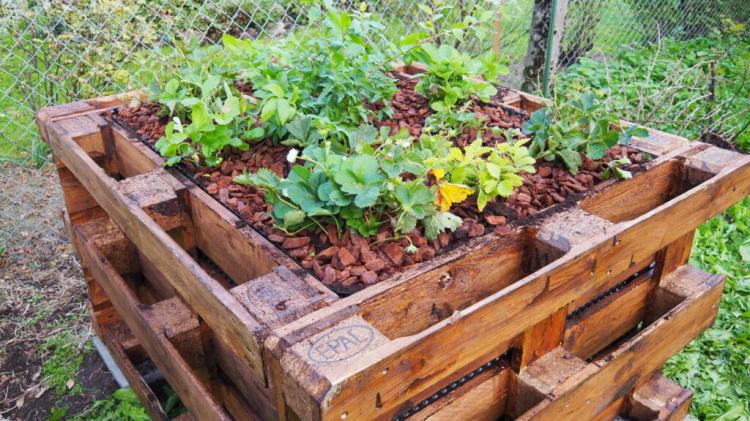
As soon as the raised bed is in place, the filling begins
Raised beds offer a number of other advantages in addition to being comfortable and back-friendly gardening: They are difficult for snails to reach, they can also enable vegetable cultivation in places with less fertile soil and they make it easier for us to keep weeds at bay. The warmth that arises from the rotting of the filling material and the lateral exposure to sunlight means that raised beds can also be harvested earlier and more productively. Success and yield are closely related to the content of the raised bed and are therefore in your hands. We will show you what you have to consider when filling and refilling your raised bed and how you can avoid mistakes.
Filling a raised bed: an overview of the layers
It doesn’t matter whether the raised bed is made of wood, stone or any other material, after filling it should consist of different raised bed layers made of certain materials. In this way, the plants should be given optimal growth conditions. The bottom layer (about 30 cm) serves as drainage so that no water accumulates in the bed. Coarse materials such as branches and twigs, stones and wood chips are well suited for this. Existing cavities allow water to flow off better and provide soil organisms with enough oxygen.
On top of this drainage layer, a further 20 to 30 cm of somewhat finer material such as leaves, grass clippings, turf, green kitchen waste or, if necessary, mother earth are layered. If, for example, you want to fill a balcony raised bed and do not have the materials described yourself, you can either ask garden owners about it or simply purchase ready-made “filling material” for raised beds online.
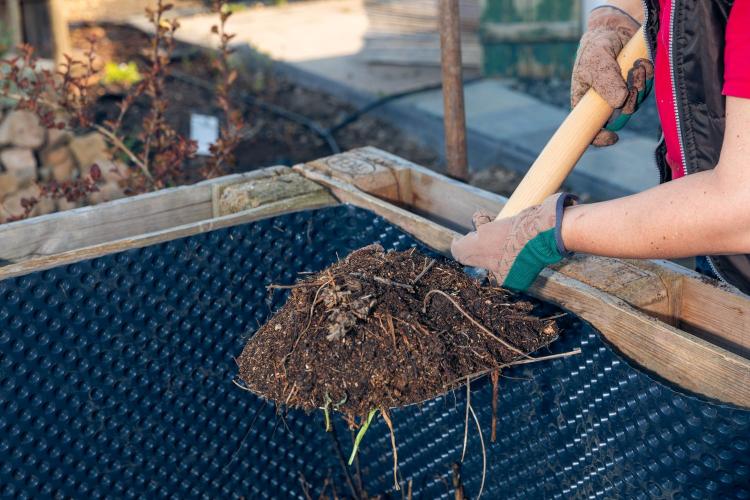
Different layers are important for a raised bed [Photo: bmf-foto.de/ Shutterstock.com]
The third layer is about 20 cm high. Depending on which materials are available, leaves, coarsely decomposed compost, animal litter, grass clippings, straw or the like can be stacked in thin layers. For a quick decomposition and thus a more compact bed, ripe compost can also be added between the other materials.
The finish is a layer of at least 20 cm thick made of a mixture of good mother earth, potting soil and ripe compost. Under no circumstances should this layer of soil be too thin so that the plant roots have enough space and nutrients.
The recommended heights of the layers are of course to be adjusted depending on the size of the existing or planned raised bed.
Summary of the layers:
- 4 layers form a raised bed
- Lower layer ~ 30 cm: drainage layer made of coarse material (branches, stones, etc.)
- Filling layer: 20-30 cm of leaves, clippings, kitchen waste
- Compost layer ~ 20 cm: Coarsely decomposed compost, animal litter, grass clippings alternating and each thin layer
- Planting layer ~ 20 cm: high-quality topsoil or commercially available plant substrate
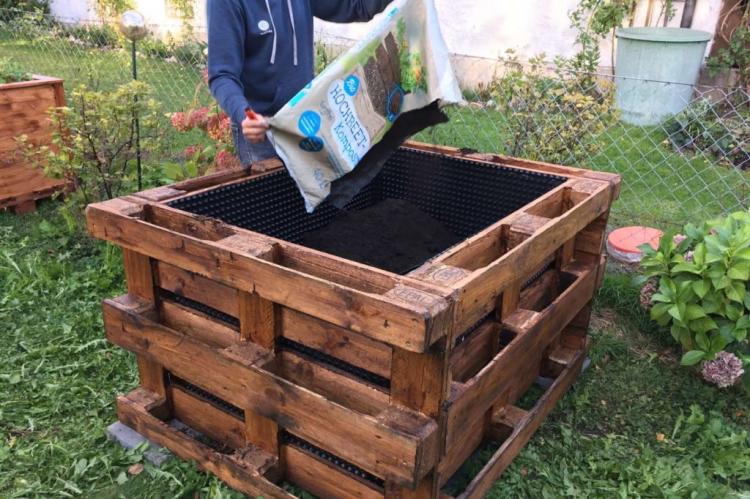
The raised bed is filled in several layers (Advertisement: Many thanks to Floragard)
With the lower layers, one should already think about the intended use. Mediterranean herbs do not tolerate waterlogging well and should be planted in a well-drained bed. The two lowest layers should therefore consist of many coarse and poorly or not decomposable materials such as larger branches or stones, coarse gravel or gravel. With a planned, persistent planting of the bed (for example with flowering perennials), the sinking of the filling material cannot be remedied as easily as when using it as a vegetable patch. Therefore, the bottom layer should not contain any degradable material, but only inorganic substances such as coarse gravel, gravel or stones. A gardener’s flow is then placed on this layer, which prevents the soil of the upper layer from being washed away with the irrigation or rainwater. This procedure can also be recommended for very high raised beds (from 80 cm) for which vegetable cultivation is planned. For the following layers, the same procedure is used as described above.
TIP: Separate the individual layers with fleece to prevent the soil from being washed through the coarser layers when watering or when it rains.

